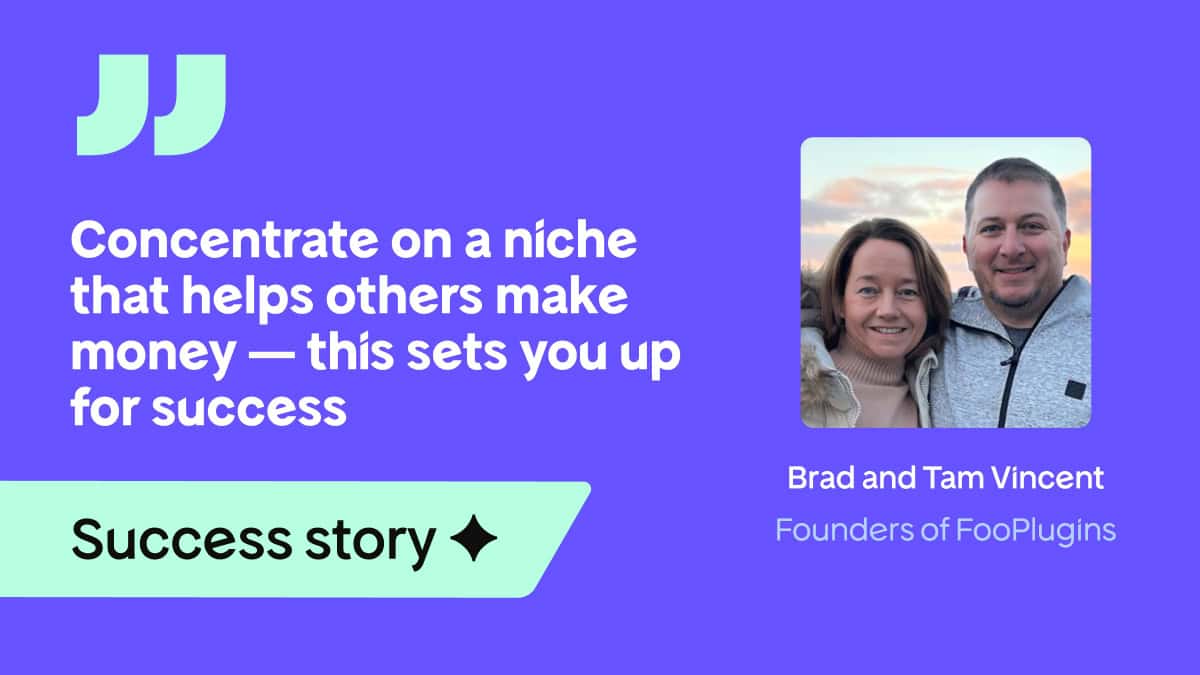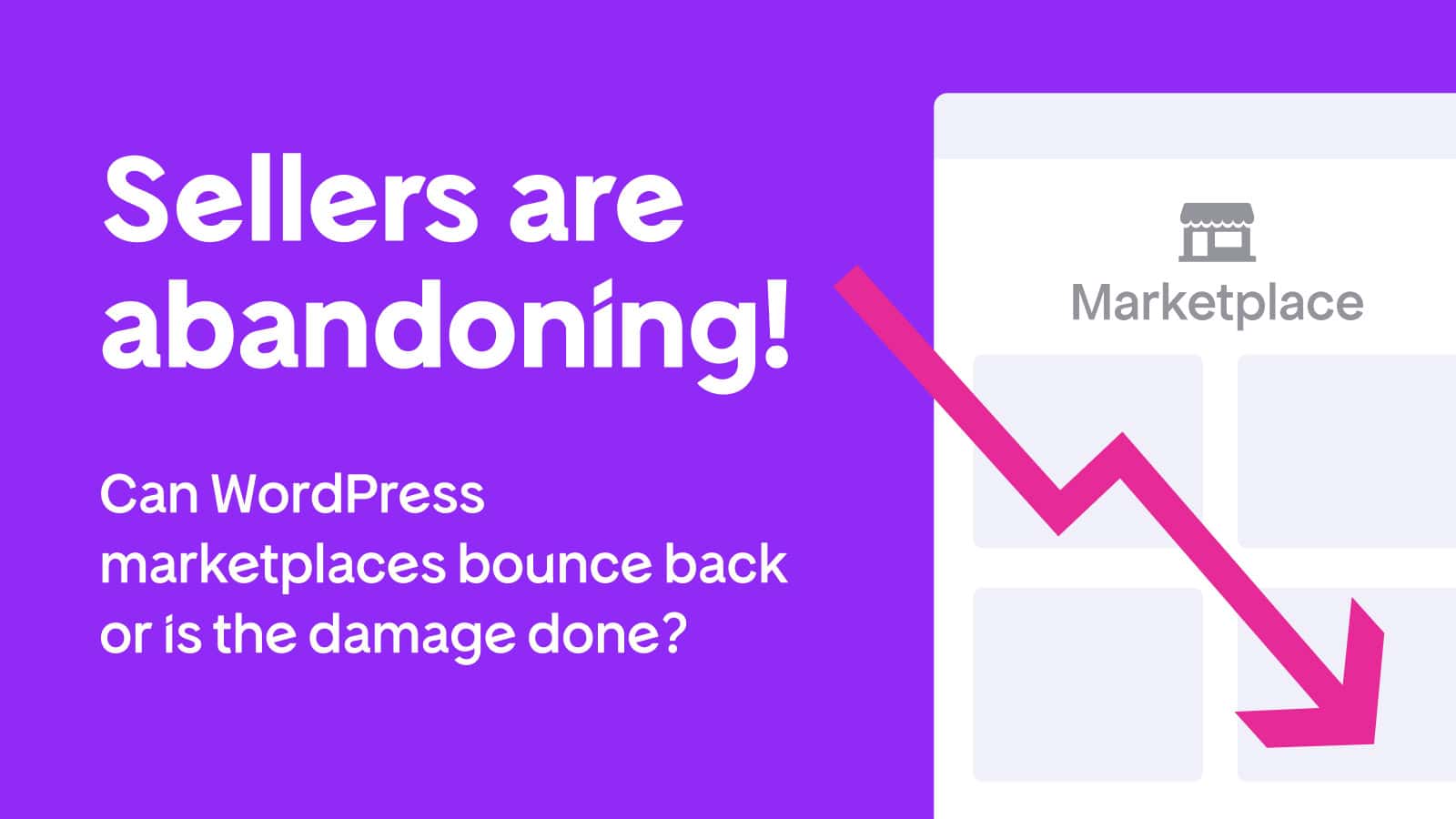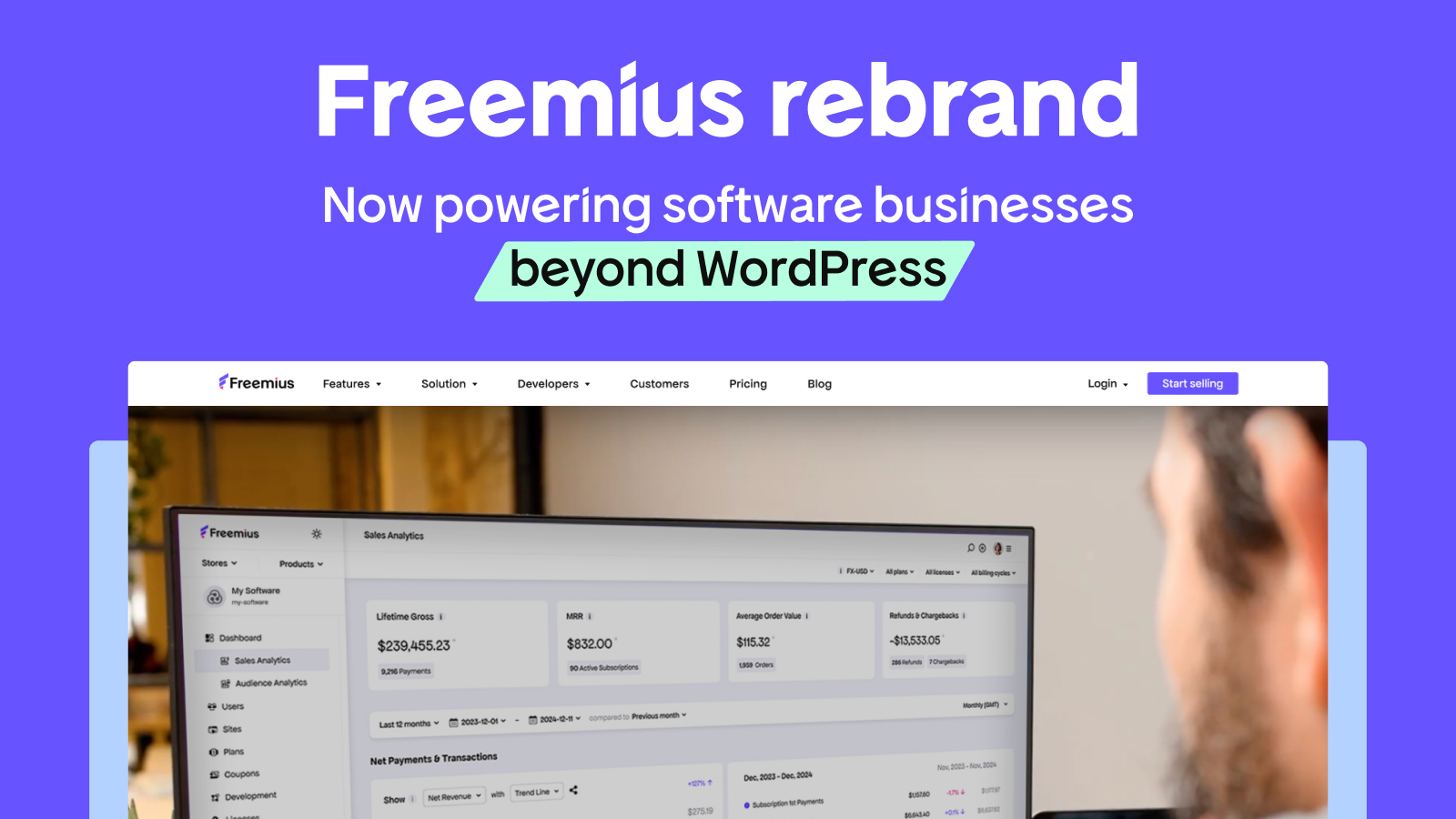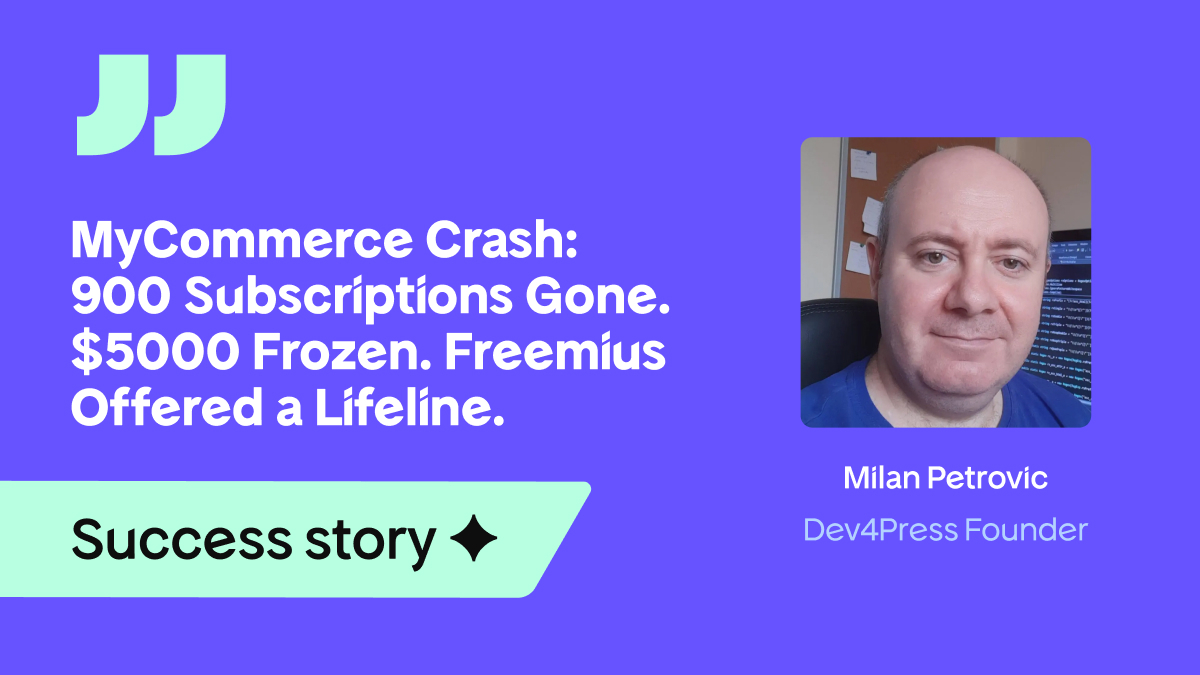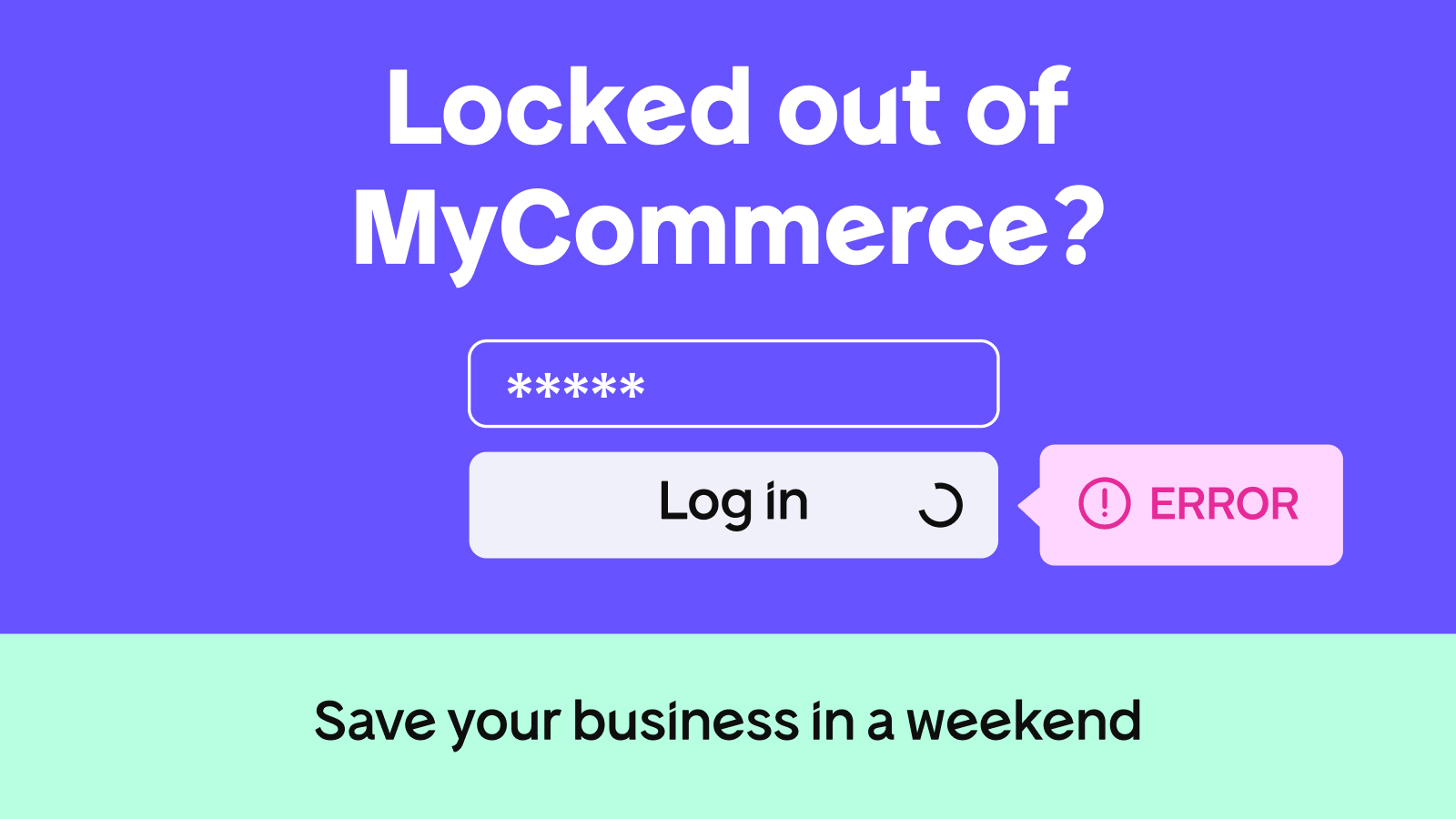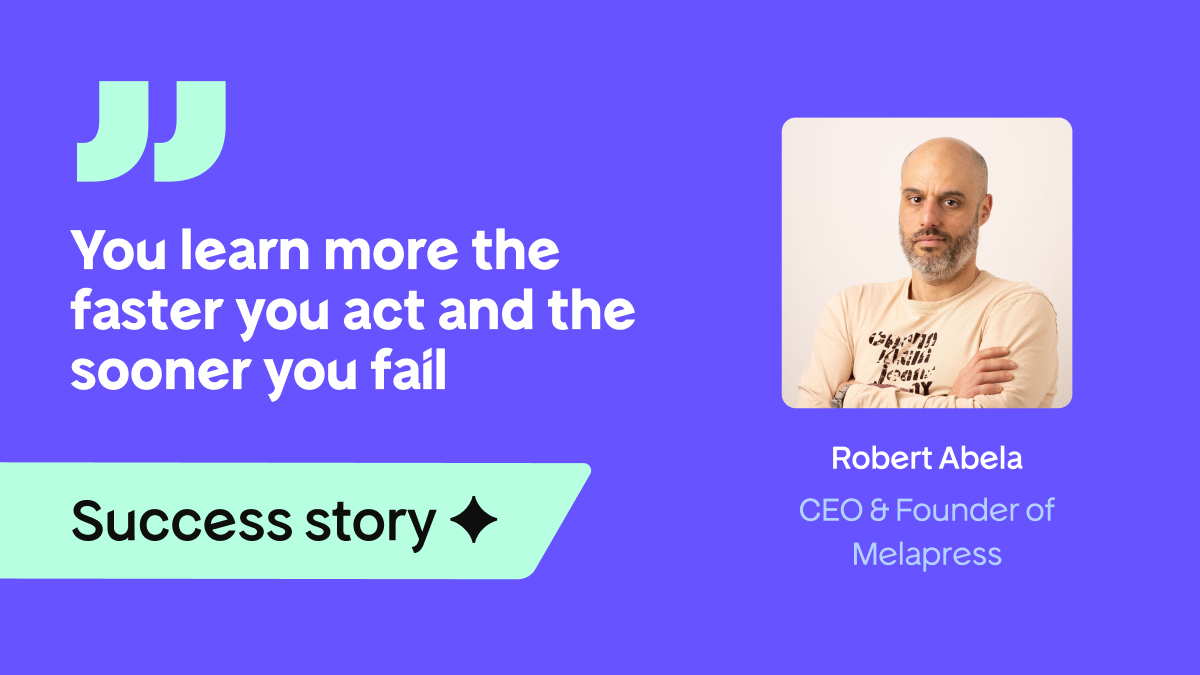|
|
Running a business with your spouse while managing a full-time job is no small feat. But for Brad and Tam Vincent, it’s been a journey of growth and teamwork. With Brad’s software skills and Tam’s operational expertise, they built FooPlugins into a thriving WordPress company.
FooPlugins offers easy-to-use tools for media management, notifications, and conversions. Their focus on performance, simplicity, and innovation has earned them a loyal customer base in the competitive WordPress market.
Brad and Tam discuss what sets FooPlugins apart, the highs and lows of working as a husband-and-wife team, and how they’ve built something beyond just plugins.
Hi Brad and Tam — welcome and thanks for joining us! As a fellow South African, I’m interested to know what prompted you to emigrate to the Isle of Man. Do you still braai (BBQ)?
We never planned to leave South Africa. When a job opportunity came up for Brad, we took a leap of faith. The Isle of Man is small — which was a big change from SA — but it’s been great for travel. The UK is easily accessible, and we’ve explored more of the world. A strong South African community here made the transition easier, and we still enjoy familiar flavors like Durban curry and boerewors.

And yes, we still braai whenever we can!
Sounds like the perfect home away from home! Brad, what drew you to the WordPress ecosystem, and how did that journey lead to FooPlugins and its suite of products?
I’ve always loved development, and WordPress was the perfect playground for experimenting with my own projects.
I started in the early 2000s by creating free plugins for the WordPress repository. FooPlugins unofficially started when Steve Usher and I created FooBar, a notification bar plugin we sold on CodeCanyon. Steve handled the frontend, while I worked on the PHP integration. FooBar’s success encouraged us to experiment with more plugin ideas.
In 2009, I partnered with Adam Warner (now at GoDaddy) to launch FooBox, the first responsive lightbox with social sharing. Adam led marketing while Steve and I focused on coding. FooBox’s simplicity and innovation helped officially establish FooPlugins.
We initially tried running FooPlugins as a marketplace, but that didn’t take off, so we focused on our own plugins instead. At the time, good gallery plugins were scarce, so we built a free version packed with layouts and customization options.
FooGallery became our biggest success. The premium FooGallery PRO evolved to include advanced features, with PRO Commerce allowing users to sell images via WooCommerce integration. This combination of flexibility and monetization tools sets FooGallery apart.
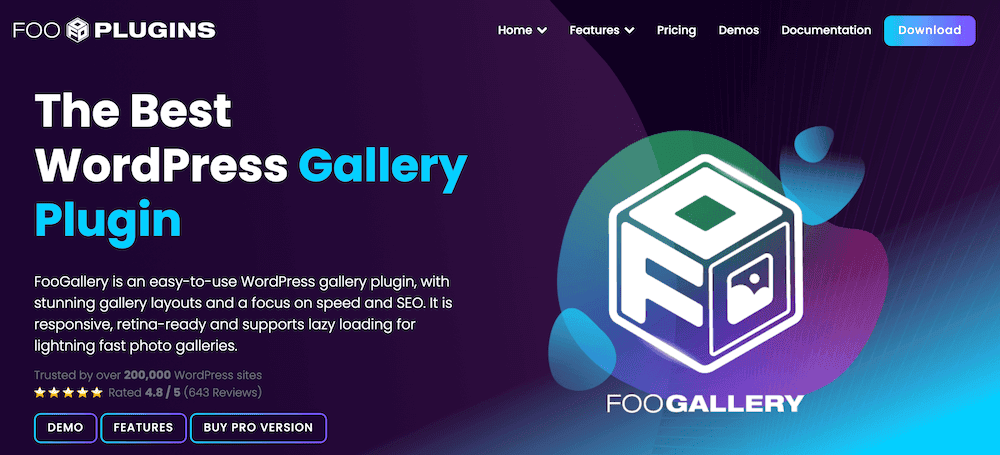
FooBar was relaunched with greater customization for creating dynamic notification bars, alerts, and announcements. It’s now more powerful and versatile than the original.
In January 2025, we launched FooConvert, a high-converting sales widget tool with a new pricing model: purchasable add-ons instead of one bulky pro version. We’re eager to see how users respond.
Balancing FooPlugins with my full-time job hasn’t always been easy, but Tam’s leadership lets me focus on my career while still enjoying coding. Looking ahead, I’m excited to explore AI-related projects — I’ve got a few ideas brewing!
You also have a free plugin on WP.org called FooConvert. Can you tell us about it?
FooConvert is our move beyond media-focused plugins. It helps site owners boost conversions — whether that’s through lead generation, sales, or engagement. It simplifies adding calls-to-action (CTAs) like bars, popups, and flyouts, with customization options or pre-styled templates. You can target specific users with triggers and placements.
We also provide widget analytics to track performance and improve conversions.
The free version is live on WordPress.org, and we’ll release PRO Analytics and Template add-ons soon. Unlike our other plugins, FooConvert will generate revenue through add-ons instead of a full PRO version. We’re excited to explore this new approach.
Watching this space 👀 Tam — you started your WordPress journey without a technical background. Has this perspective influenced how you create content and approach WordPress usability?
It’s been a huge advantage in understanding our users. When testing or writing about our plugins, I approach it like many of them – without technical jargon or a deep understanding of development. What I once saw as a disadvantage has actually helped us make our content and documentation more accessible.
While we cater to advanced users, I try to explain things in a way that’s easy to understand for those without technical knowledge. This also influences how we build new features, focusing on user-friendly terminology over technical precision.
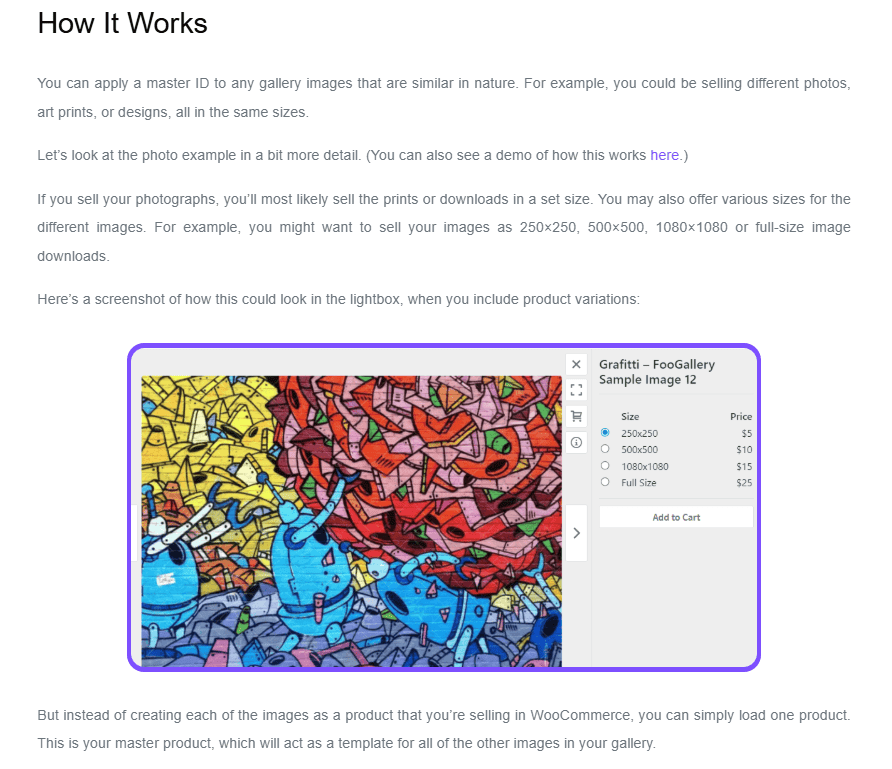
For example, instead of overwhelming users with developer-centric terms, I break down FooGallery’s setup in a simple, step-by-step guide. Similarly, when introducing features like the Master Product in FooGallery PRO Commerce, I explain its benefits by highlighting how it saves time and simplifies eCommerce, rather than focusing on its technical implementation.
What challenges do you see most often for ‘new-to-WordPress’ users, and how does your content address them?
New WordPress users often expect more from basic functionality than it delivers. While they grasp the basics, they may not realize how plugins unlock greater potential. Our content bridges this gap by guiding them through essential tasks — like setting up a gallery — while also showing how plugins can enhance and customize their site.
Managing the business and contributing content is a big role. How do you balance these responsibilities, and what advice would you give to others juggling similar roles?
Balancing business management and content creation can be challenging, especially when it’s easy to focus only on the tasks you enjoy. It takes self-discipline, good scheduling, and plenty of to-do lists to ensure everything gets done.
I’ve found outsourcing work is key. For example, Elvis now handles much of our support, and an accountant manages our taxes. Ellipsis takes care of content creation, which has been invaluable for keeping our website updated.
My advice is to delegate tasks wherever possible. We’re a small team, and outsourcing to trusted partners has greatly improved our efficiency and productivity.
I presume working as a husband-and-wife team can be both rewarding and challenging. How do you balance your personal and professional lives while running FooPlugins together?
You’re right! Brad has taken a step back from FooPlugins to focus on his day job, but he still shares insights with the team. We set aside dedicated time for work and personal life to maintain a good balance.
How do your strengths complement each other in the business? Are there specific roles or tasks where your partnership shines?
Our partnership works because we bring complementary strengths to the table. Brad excels in plugin development and big-picture vision, while I handle management and content. Our defined roles keep things running smoothly, but our differing perspectives help refine ideas. These discussions ultimately make our plugins more user-friendly and widely appealing.
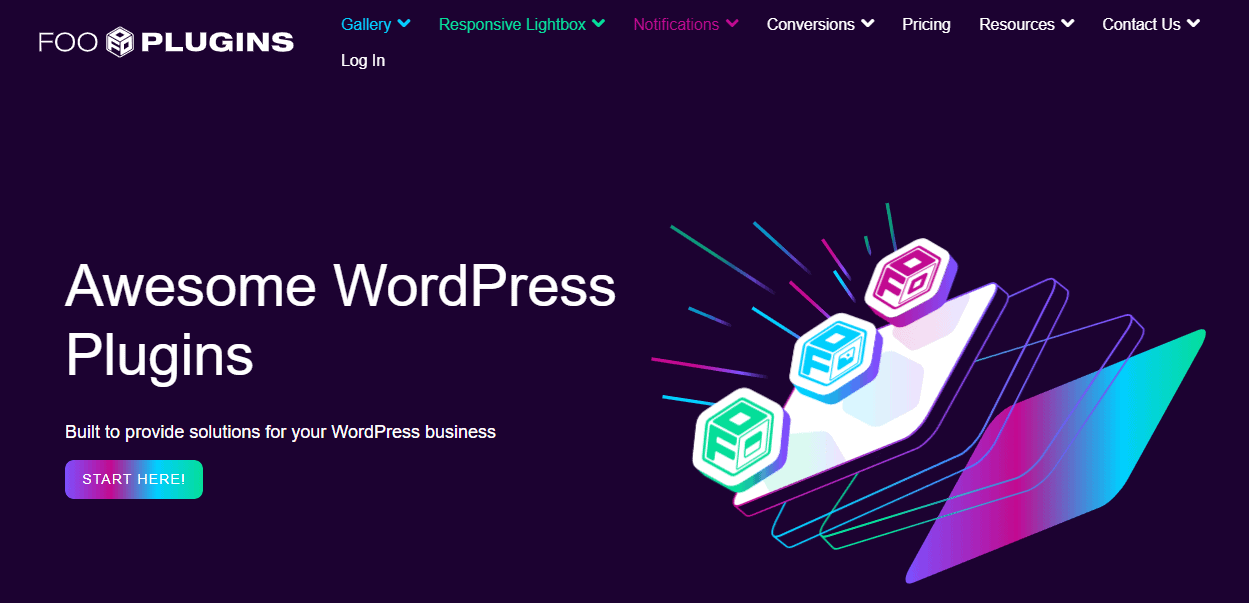
Speaking of working together — let’s give a shoutout to your incredible team!
Our small but incredible team has been key to our success.
Steve, our head developer in South Africa, is a problem-solving genius who creates top-notch plugins. Elvis, our support lead in Kenya, delivers outstanding customer service and also helps with testing. Lewis, a freelance developer from Kenya, recently joined us and has already impressed with his speed and skill in adding new features and fixes.
Moving from team dynamics to marketing mechanics: What strategies have been effective and ineffective?
Over the past two years, we’ve focused heavily on content marketing. By emphasizing our plugins’ solutions and offering comprehensive guidance for WordPress users, we’ve seen a significant boost in traffic.
We tried giveaways and social media ads, but they were costly with minimal return. Similarly, social media advertising didn’t perform as expected.
Brad, let’s dive into the tech side! What does your dev environment look like?
My setup is simple but effective:
- PHPStorm as my coding IDE, running XDebug
- Codeium AI assistant extension for code completion and chat
- Local by Flywheel for local WP environments
- SourceTree for version control
Lately, I’ve been using ChatGPT more and more as my coding assistant. It’s become essential — especially the canvas feature.
Which tools and devices are non-negotiables for work?
Tam: Slack is essential for team communication, enabling individual and group chats, and keeping everything organized. For task management, we rely on Trello to manage our to-do lists, especially for content collaboration with Ellipsis.
Brad: I use Notion to store thoughts and ideas — it’s become my go-to tool for keeping everything in one place.
Before switching to Freemius, what platform were you using? What led you to make the transition?
We started on CodeCanyon and used their tracking solution, but as we grew, we needed a better way to manage licenses. We built our own system, FooLicensing, and integrated it with Easy Digital Downloads, but it took time away from development. Plus, as we scaled, customers were DDoS’ing our site for license checks, so we needed a more scalable solution.
I found Freemius and the migration was seamless. It saved us time and provided features like license management, abandoned cart recovery, and affiliate tracking — things we couldn’t build ourselves. Freemius also has a cost-efficient revenue share model, which made the decision easy. We’ve been with them for years now and couldn’t be happier!
Please share the Freemius features that have had the biggest impact on your business.
The trial and coupon features have been especially valuable for us. Offering trials without requiring credit card details has helped build trust with potential customers, letting them experience the full benefits of our plugins before committing. Automated coupons — such as cart abandonment, exit-intent, and renewal — have proven effective in driving conversions, benefiting both new and returning customers.
Another standout feature is the VAT/tax integration, which has streamlined our administrative process. By automatically handling taxes and customer payments, Freemius has saved us significant time and removed the frustration of manual calculations. These features have allowed us to focus more on growing the business and less on the complexities of payment processing.
Additionally, Freemius streamlines customer communication by providing easy access to customer accounts, payment details, and subscriptions, allowing us to resolve queries quickly and efficiently.
How has Freemius impacted FooPlugins’ revenue? Any features that have directly boosted sales or subscriptions?
Freemius has significantly boosted our revenue, especially through its renewals process. The reminder and payment emails are crucial in keeping customers informed about upcoming charges, which has had a positive impact on both retention and sales. Additionally, the abandoned cart recovery feature has contributed to increasing our conversions, further enhancing our bottom line.
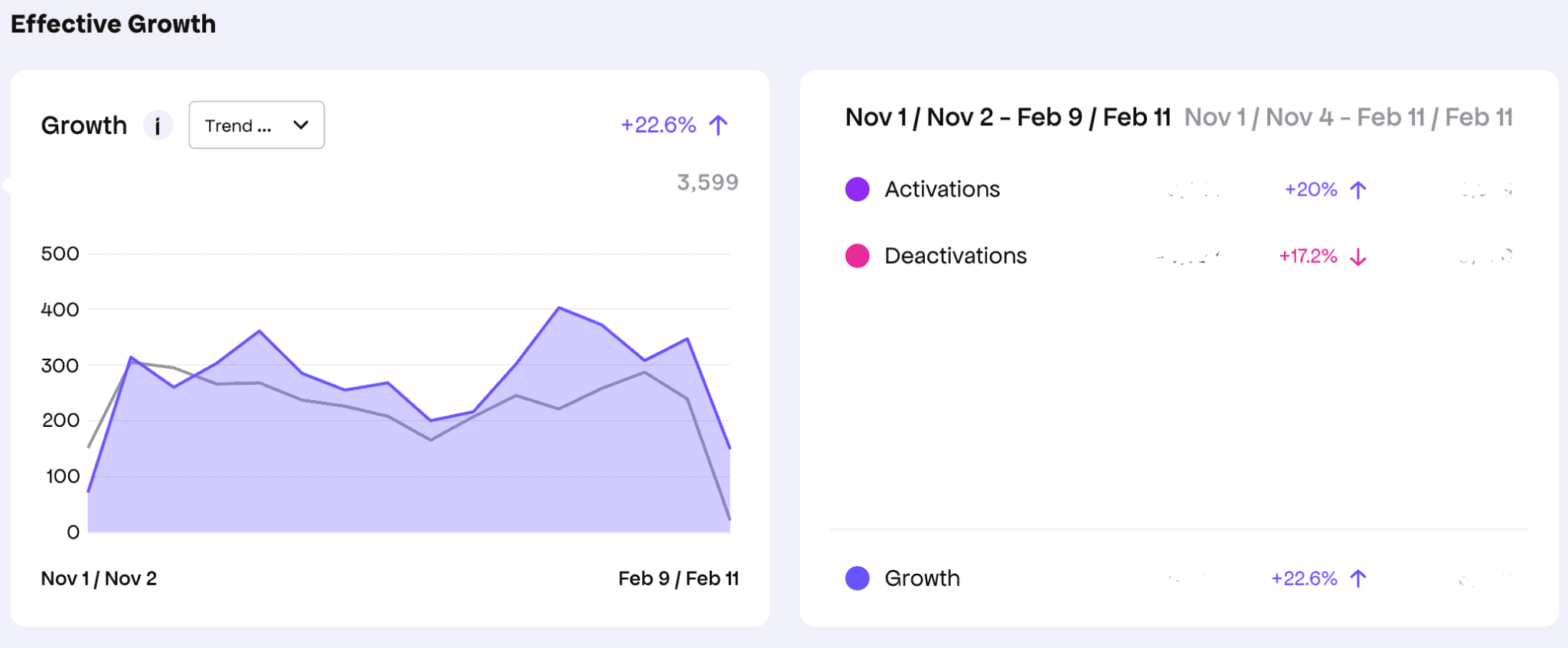
How’s your experience with Freemius support?
Tam: The Freemius support team is always helpful and efficient. While we don’t need to contact them often, they quickly resolve any issues. Even though I’m not very technical, they’re always understanding and make sure to provide clear solutions.
Picture this: you’re given the chance to relive the month when FooPlugins took off, armed with all the knowledge and experience you have now. What’s the first thing you’d change — both personally and for the business?
Brad: I would have built everything in public to foster community and trust with early customers, plus generate hype. I’d also focus more narrowly on a specific customer persona, rather than trying to solve everyone’s problems. By concentrating on a niche that helps others make money, you’re setting yourself up for success!
What’s one piece of advice you’d give to product makers starting out?
Tam: It’s a tough industry with a lot of competition, but if you believe in your product, don’t give up. Building a reputation takes time, and using a freemium model can help you grow a larger user base. Engaging with WordPress communities, like the Freemius community, is another great way to get noticed and build connections.
Brad: Like I said: FOCUS on a niche, and always experiment!
Thank you so much for your time, Brad and Tam! Before you go, please share your social media handles so people can connect with you.
Tam:
Brad:

